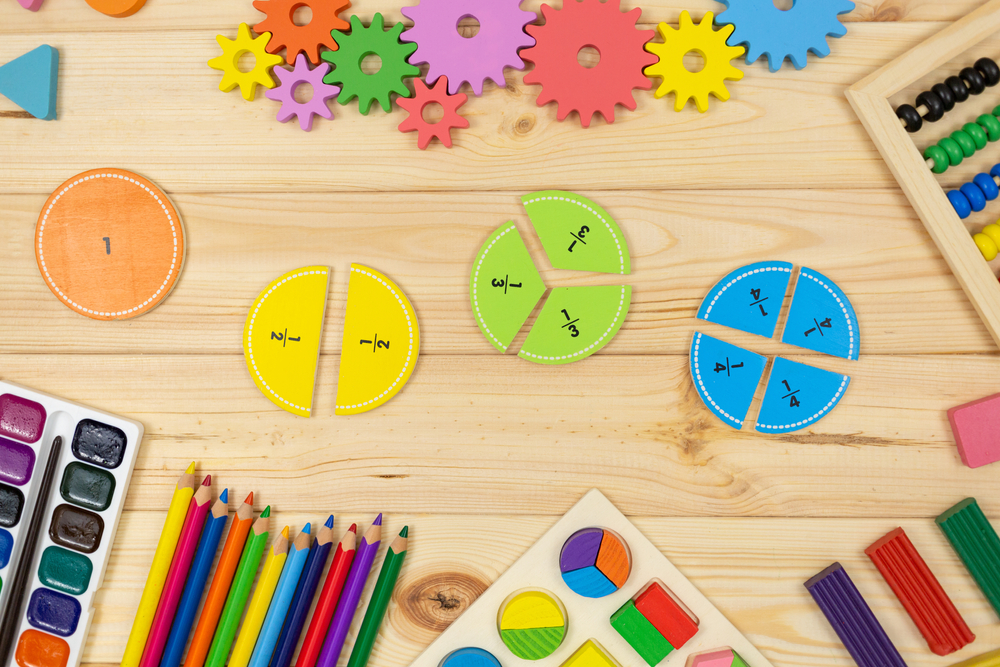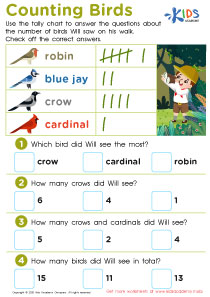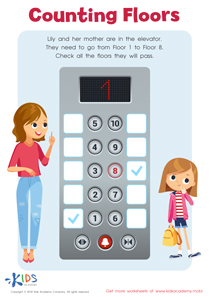Understanding patterns Extra Challenge Math Worksheets for Ages 6-8
7 filtered results
-
From - To
Explore our "Understanding Patterns Extra Challenge Math Worksheets" designed for children ages 6-8! These engaging worksheets help young learners enhance their mathematical skills by discovering and identifying various patterns in fun and interactive ways. Each worksheet offers exciting challenges that promote critical thinking and problem-solving, ensuring kids sharpen their math abilities while having a blast. Our carefully curated activities cater to different learning styles, making it easy for parents and teachers to support their child's learning journey. Dive into the world of patterns and watch your child's confidence and enthusiasm for math grow with our thoughtfully designed resources!
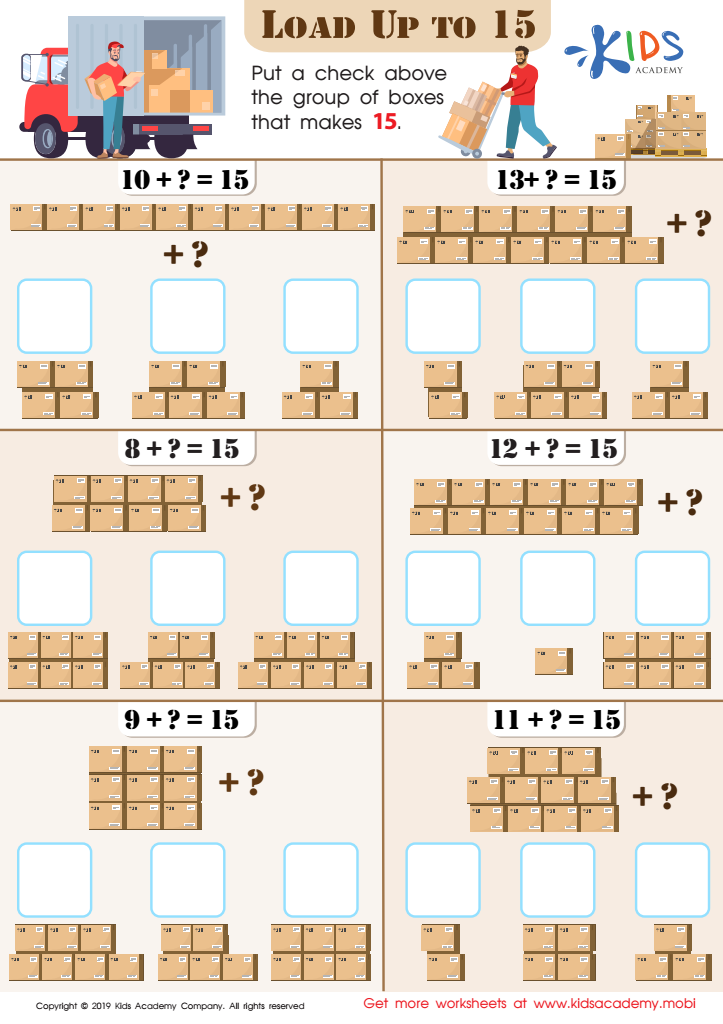

Load up to 15 Worksheet
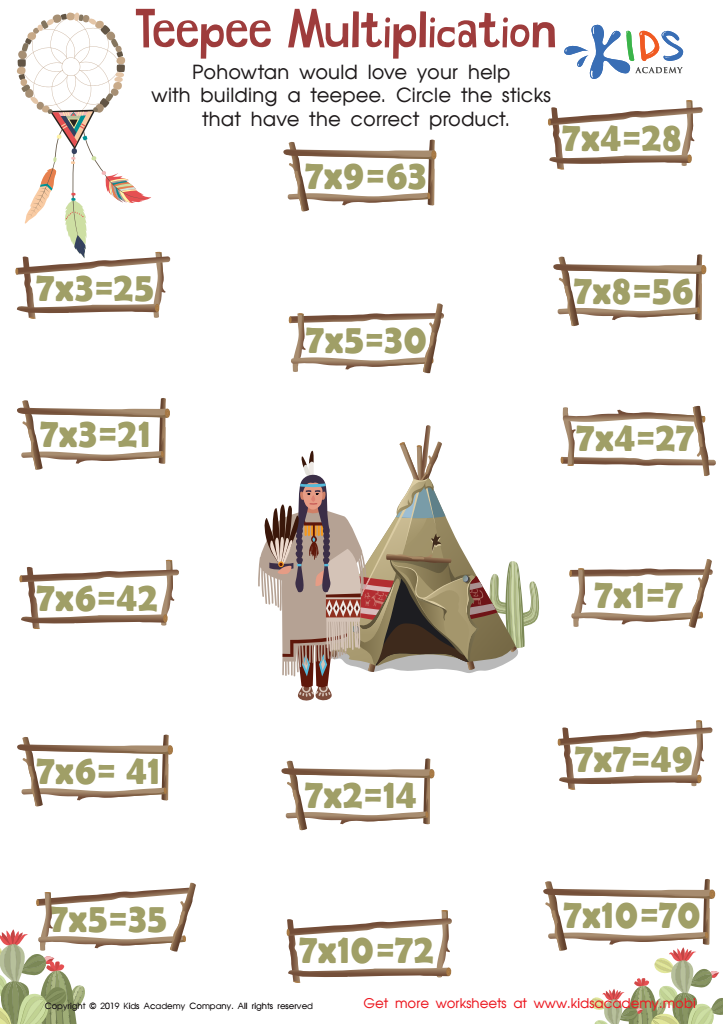

Teepee Multiplication Worksheet


Making a Graph: Flowers Worksheet
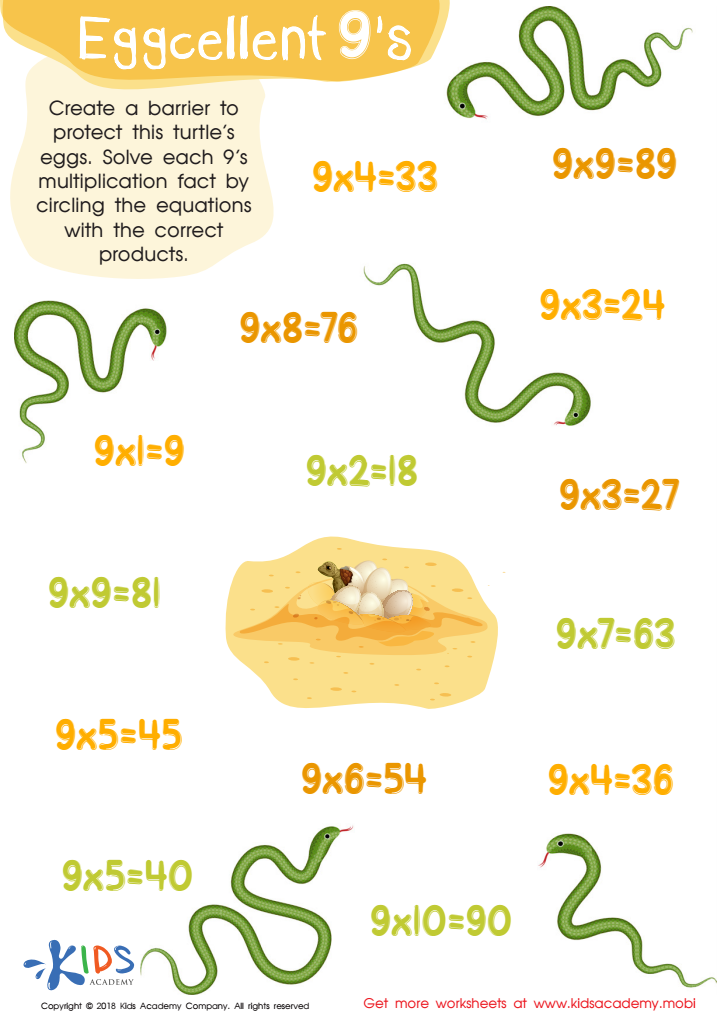

Eggcellent 9’s Worksheet
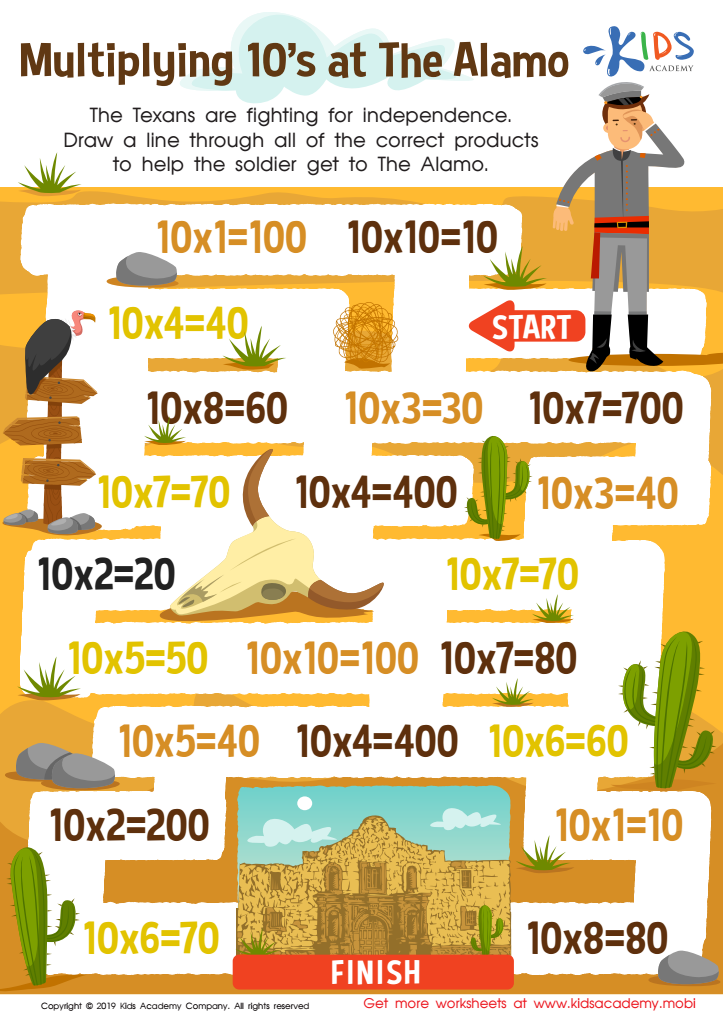

Multiplying 10’s at The Alamo Worksheet
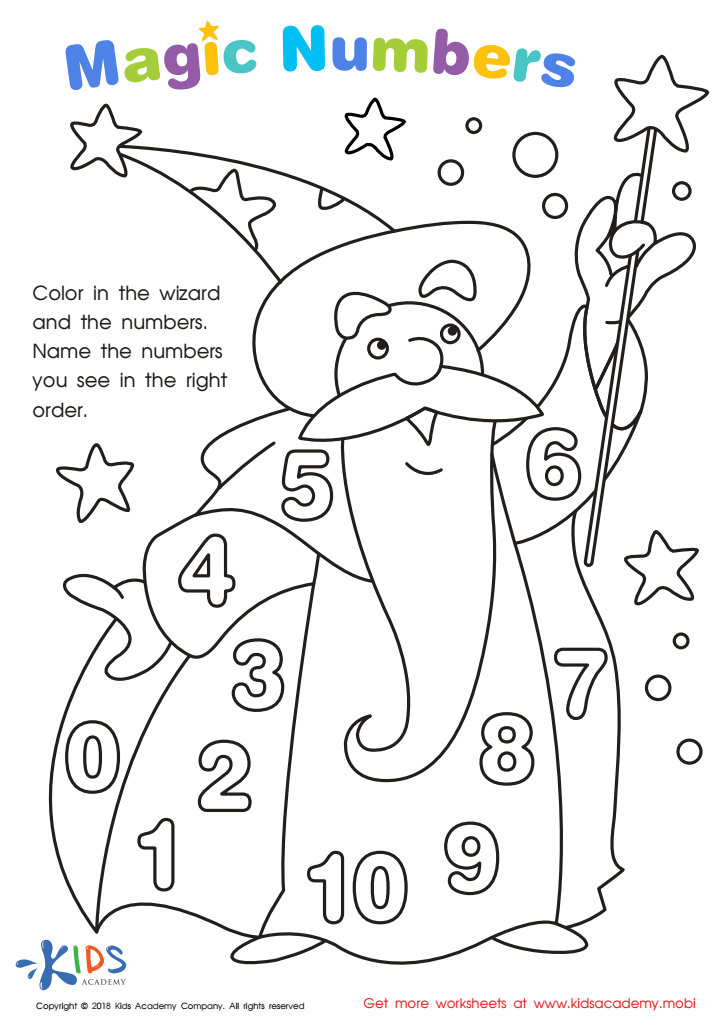

Magic Numbers Worksheet
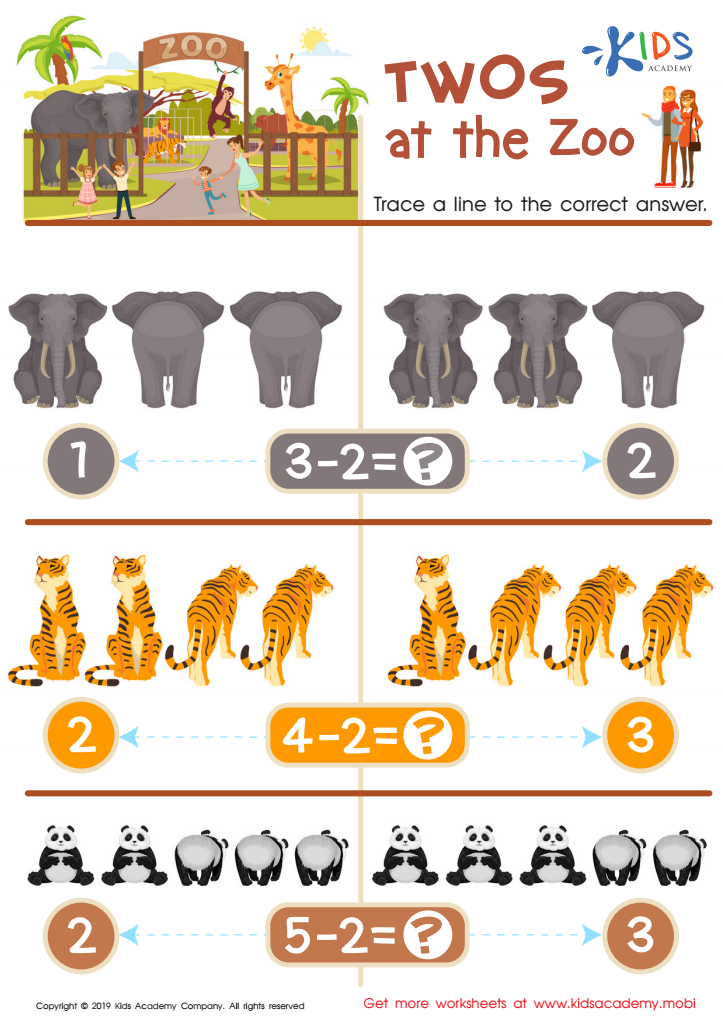

Twos at the Zoo Worksheet
Understanding patterns is a foundational skill in mathematics that significantly impacts a child's ability to tackle more complex mathematical concepts in the future. For parents and teachers of children aged 6-8, the "Understanding Patterns" extra challenge in math offers invaluable benefits.
First, patterns enhance critical thinking and problem-solving skills. By recognizing and creating patterns, children learn to predict outcomes, understand relationships, and develop logical reasoning. This interconnectedness prepares them for advanced mathematical operations such as algebra.
Moreover, patterns span various disciplines beyond math—including art, science, and music—making them an essential tool for holistic education. As children discover and explore patterns in multiple contexts, they can hone their creativity and analytical skills simultaneously.
In addition, engaging students with challenge exercises encourages a growth mindset. It allows them to embrace difficulties and enjoy the learning process. These challenges foster perseverance, showing students that making mistakes is a natural part of learning.
By prioritizing pattern understanding, parents and teachers not only reinforce fundamental math skills but also promote a positive attitude towards learning—creating a solid foundation for lifelong mathematical and intellectual success. In essence, recognizing the importance of patterns today empowers children for future academic challenges.
 Assign to My Students
Assign to My Students







